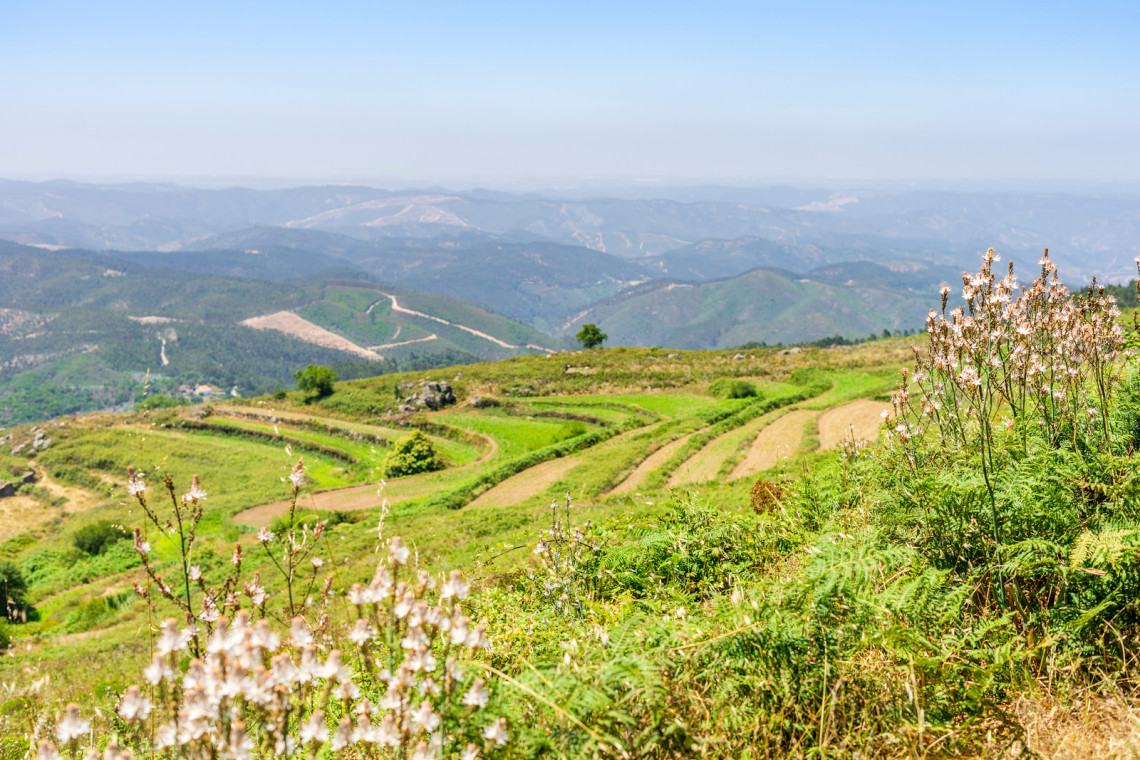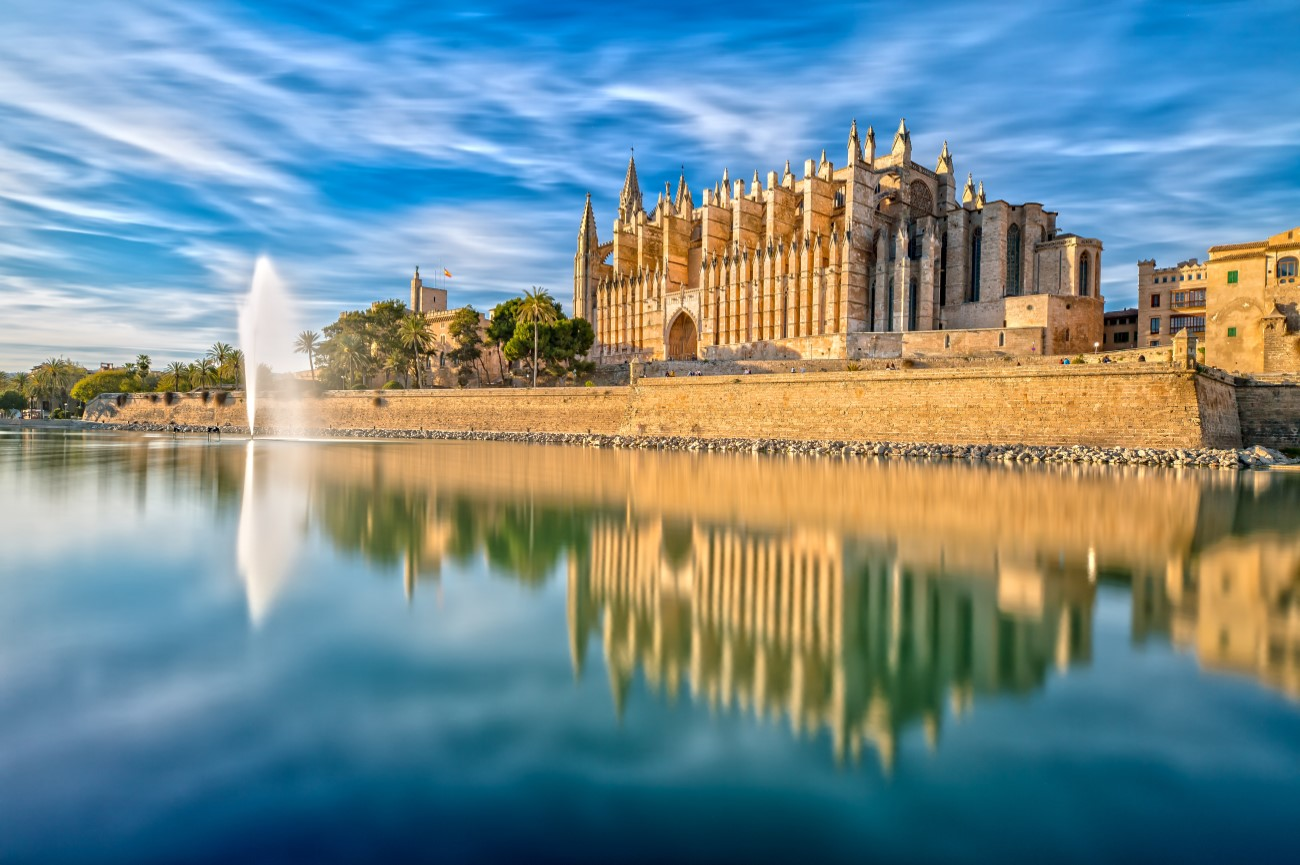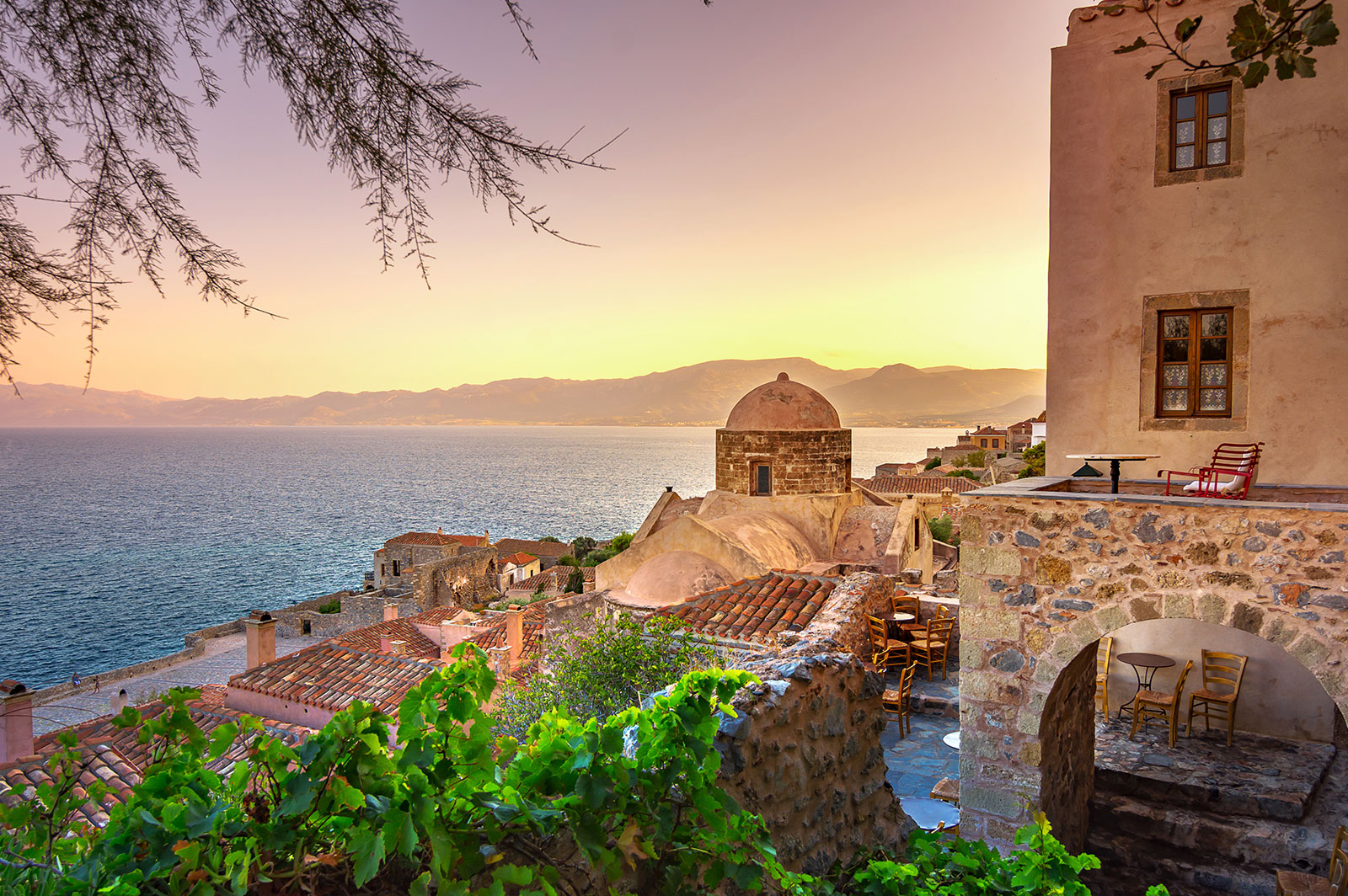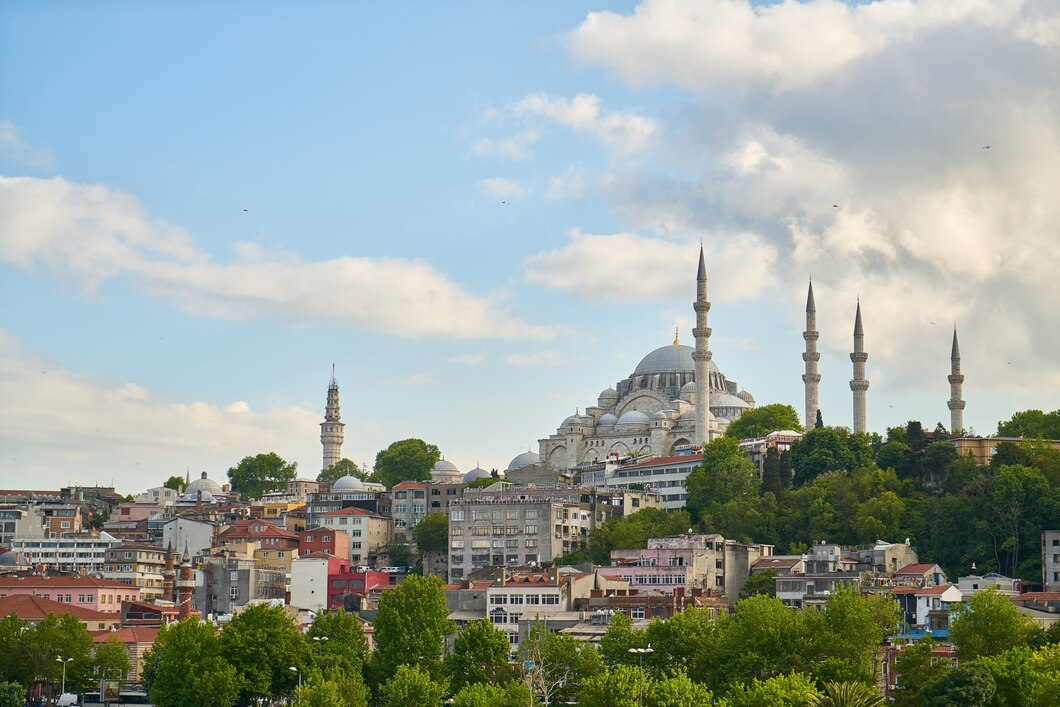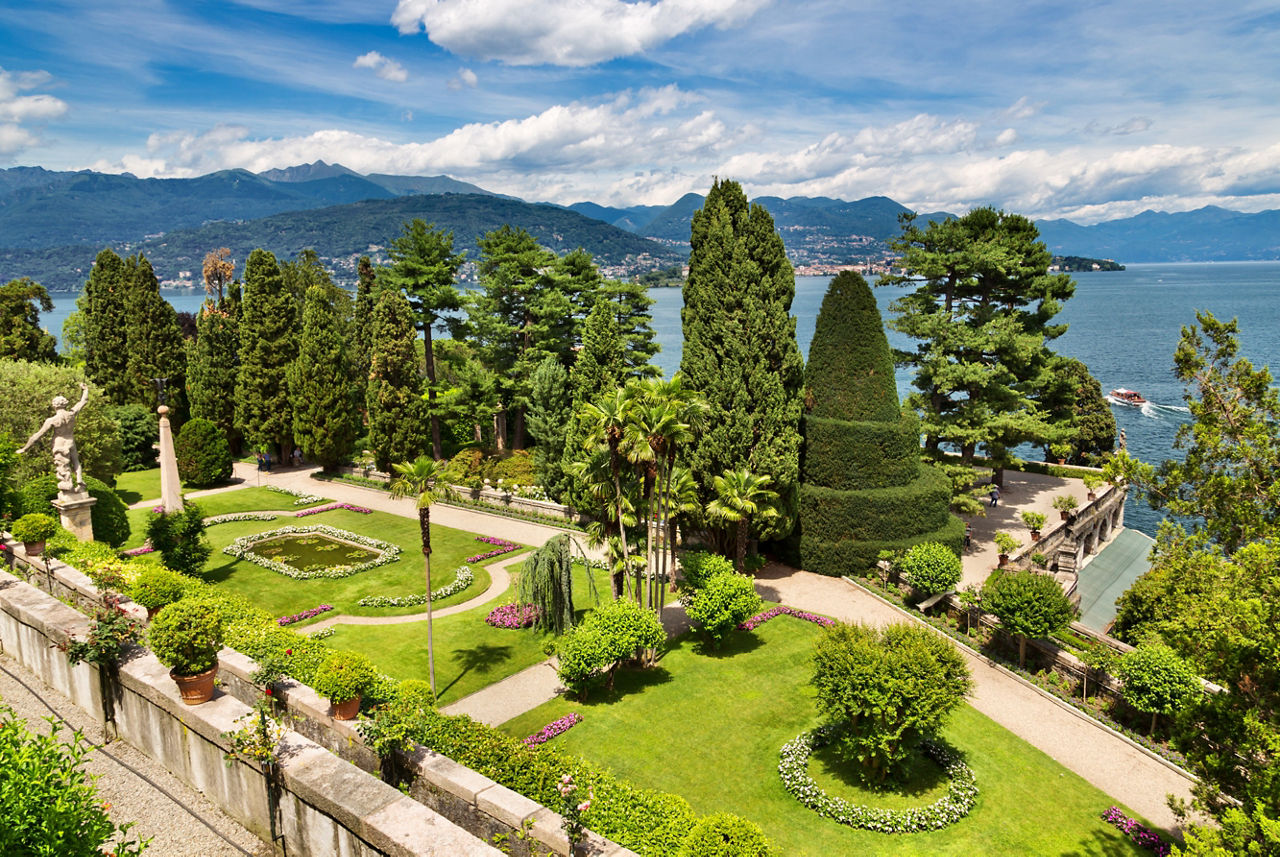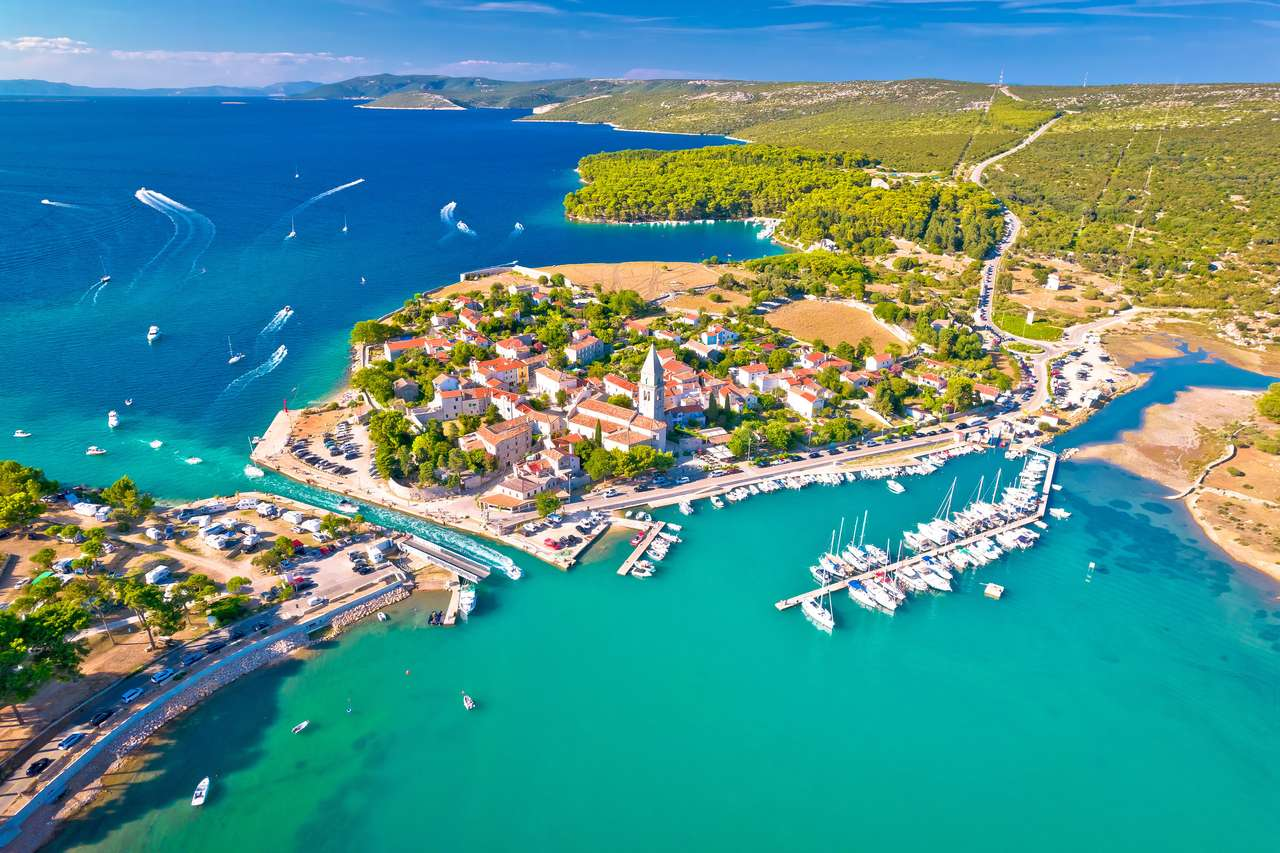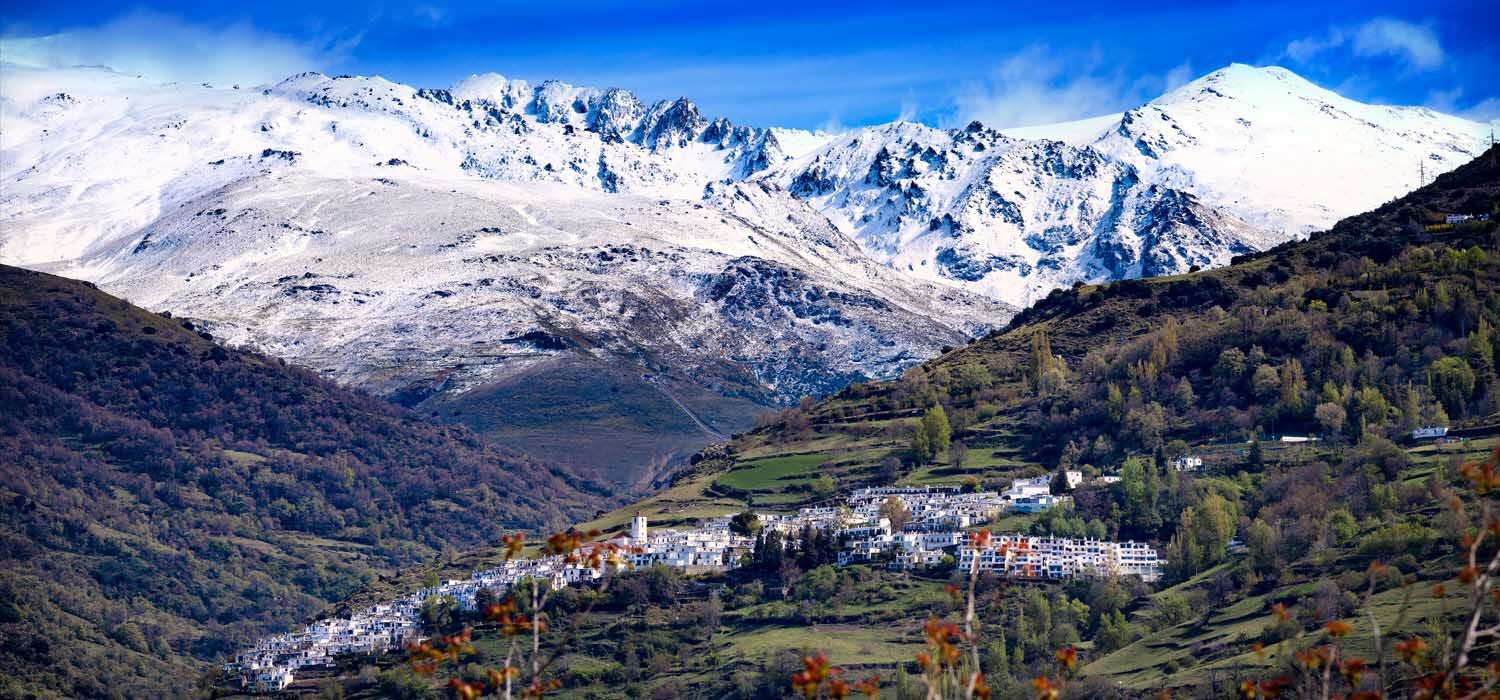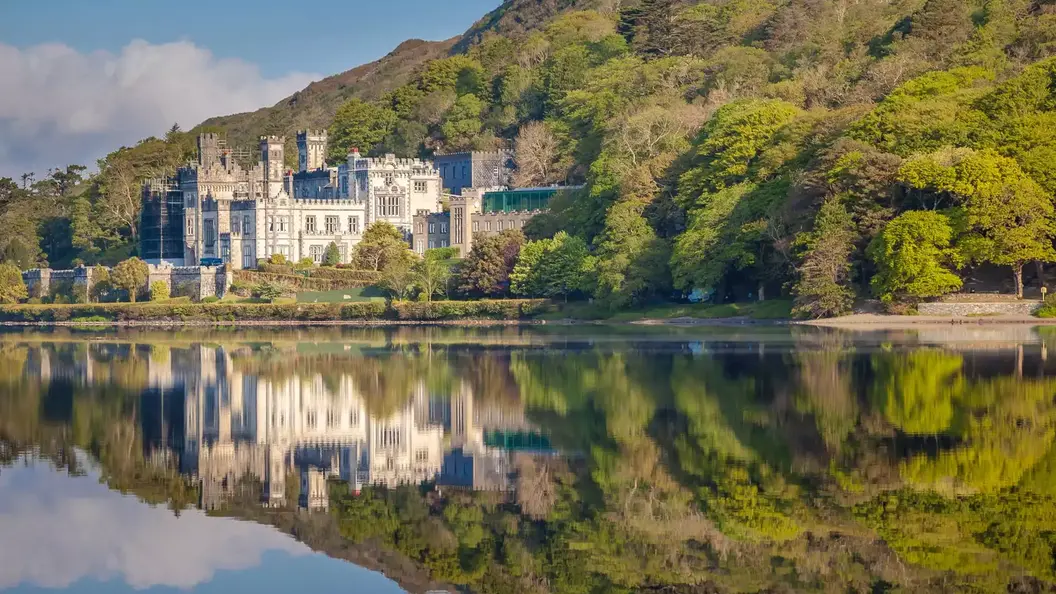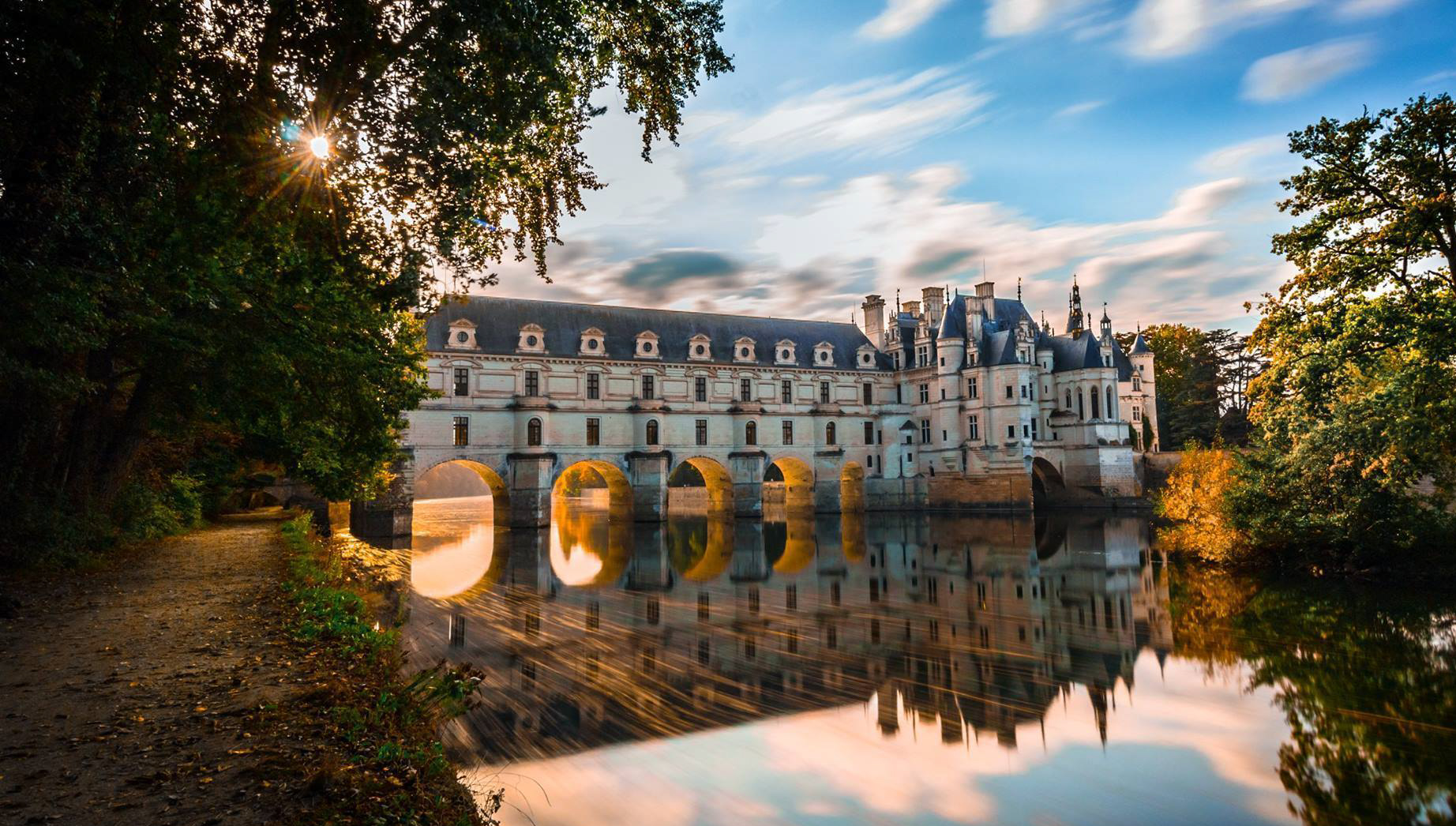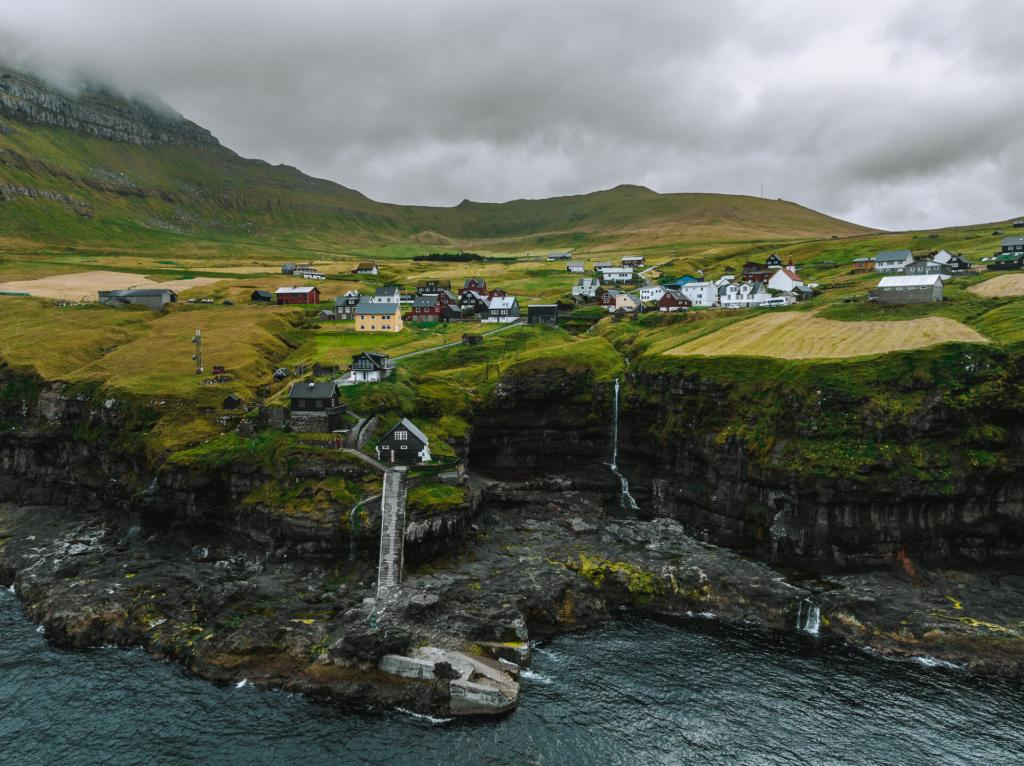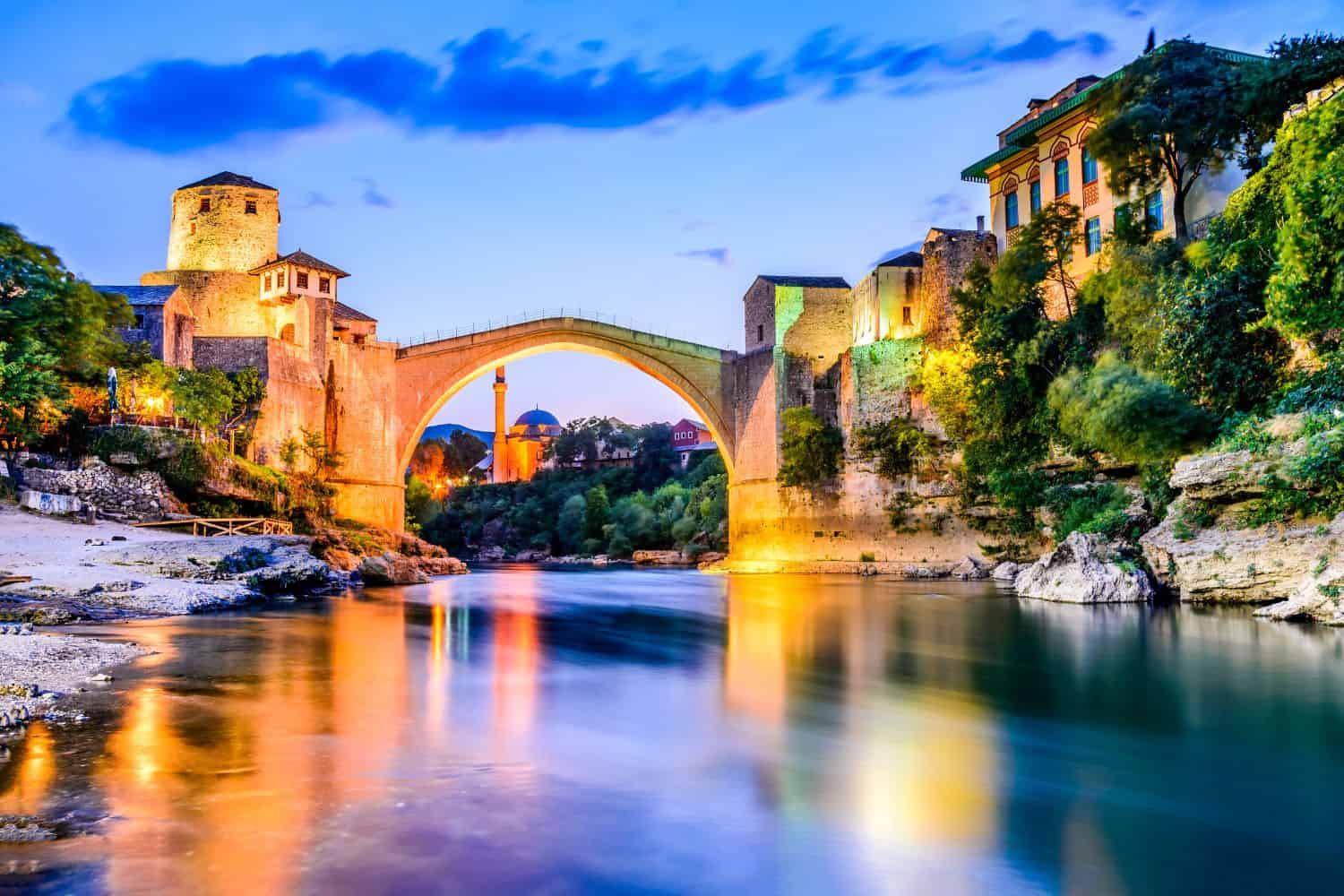News
Where to spend a fantastic spring vacation: the best places in Europe
Almost the entire winter is still ahead, but that doesn't mean it's not time to plan your spring vacation. Especially since this season in Europe can be extremely beautiful and pleasant.
Lonely Planet has told you where to go to fully enjoy spring. The weather in these places promises to be perfect, and the conditions for relaxation are the most comfortable.
March
Algarve, Portugal
Spring arrives early in the Algarve, which is the southernmost, sunniest, and driest region of mainland Portugal. The temperature is approaching 20 °C, the rainfall is decreasing and almonds and wildflowers are blooming everywhere. For those who want relaxation for both body and soul, yoga retreats are held along the southern coast of the Algarve and up to the border with Algarve, offering individual classes and longer courses. As the high season hasn't started yet in early spring, March offers good value for money and a wide range of accommodation. It's also the best time to hike the spectacular trails north along the Atlantic coast and explore the historic old towns of Faro and Lagos.
Mallorca, Spain
"Mallorca snow" covers the hillsides of this Balearic island in March. And it's not frozen water, but the pink and white flowers of the countless almond trees that grow everywhere. The season falls in early March, when the increasingly warm weather makes for a pleasant vacation, but the crowds of tourists have not yet arrived. It's the perfect time to enjoy the beaches and wander around the local towns and cities like Deya, Fornaluca, and Soller. And climb the peaks of the Serra de Tramuntana. It's also a great time to head to Palma de Mallorca, a charming historic district with beautiful palaces, museums, plazas, and a monumental cathedral.
Peloponnese, Greece
The Peloponnese peninsula is home to some of Greece's best beaches, well-preserved ancient and medieval monuments, and picturesque mountains. Yet for some reason, there are relatively few tourists here. March promises no crowds, but mild temperatures for walking and more accommodation options. Be sure to visit Olympia, where the Olympic Games were held more than a thousand years ago, the Mycenaean citadel shrouded in Homeric legends, the 14,000-seat Epidaurus amphitheater, and the Byzantine port of Monemvasia. The wild Mani Peninsula offers great hiking, especially around the Viros Gorge, as well as charming villages. The food here is simply delicious. Kalamata is famous for its olives, and eggplant, fish, and honey are present in many local delicacies; also pay attention to the red wines of Agiorgitiko. However, plan your trip carefully – outside of the high season, the number of flights may be reduced.
Istanbul, Turkey
Istanbul is beautiful in any season, but in spring, when it's warm but not yet hot, you can enjoy bargain prices, fewer crowds, and pleasant weather. Visit all the city's main attractions – Hagia Sophia, the bazaar selling spices and street food, and take one of the many great food-themed city tours and cooking schools, which gives you the opportunity to combine a spring city break with a culinary reboot.
April
Lake Maggiore, Italy
Northern Italy is famous for its lakes. Como, Garda, Lugano, Iseo - each of them has a unique charm and attracts tourists. However, Lake Maggiore with its cake-like island of Bella stands out among them. In the 17th century, Count Borromeo created a 10-tiered, 37-meter-high garden here for his wife Isabella. It opens in April and in the first month is not overloaded with tourists. This is a great month to visit Maggiore in general, visit the coastal towns of Cannobio, Stresa, and Verbania, where you can admire the magnificent botanical gardens of Villa Taranto, also open from April.
Azores, Portugal
The nine Azores are scattered 1500 km west of the Portuguese coast. This volcanic archipelago consists of bizarre cliffs, black sands, lava deposits, crater lakes, and soils that produce incredible wines. April brings spring blooms to the Azores – the azaleas are incredible. You can also watch whale migration here. 24 of the 80 species of these animals that exist in the world can be seen off the coast of the Azores. But there are not many tourists at this time. Take a boat tour to see the ocean giants, or watch them from the top of a cliff. You can also go to Pico Island to conquer the highest peak in Portugal (2351 m), walk around the lakes and watch the birds and flowers on Flores, or plan a bike ride on the "lilac island" of Terceira.
Lošinj, Croatia
It is called the "island of vitality" because Lošinj offers a life-giving cocktail of sunshine (over 2500 hours a year), clear water, and clean air with the smell of pine trees and medicinal herbs. The high season with crowded beaches is in July and August. And in April, you can have the historic ports, pine forests, fishing villages, seafood restaurants, and the magnificent Cikat Bay, washed by the Adriatic Sea, almost entirely to yourself. Hike or bike along the more than 250 km of trails in the Pod Javori and Chicat forest parks, watch dolphins in the sea, and head to the neighboring island of Cres to watch the magnificent white-headed ospreys.
Las Alpujarras, Spain
A series of villages painted dazzling white cover the southern foothills of the Sierra Nevada, a region known as Las Alpujarras. It was once a refuge for the Moors, who were expelled from Granada in 1492. This region is marked by a strong influence of Moroccan culture and is famous for its traditional farming villages. April is the perfect time to visit if you want to relax in the warm spring sun, walk along attractive paths through blooming orange groves, or explore the local cuisine. Many places offer classes or courses where you can learn everything from almond and garlic soup to hearty stews. Easter celebrations, which often fall in April, are accompanied by huge parades. And you can go both to the snow-capped mountains and to the still deserted sandy beaches.
May
Connemara, Ireland
Wild and beautiful Connemara has a little bit of everything: sparkling lakes, offshore islands and bays, heather bogs, rocky mountains, and majestic castles (some of which, by the way, have been converted into luxury hotels). The distinctive Irish culture thrives here. Try out local entertainment, scenic drives, traditional pubs, and historical sites at your own discretion. May is one of the driest months in Ireland, with a maximum temperature of around 15 °C. Take the Sky Road, which crosses Connemara from Clifden, and you'll see a rugged coastline. Take the R334 along the Loch Inagh Valley and you'll have views of the Maumturk Mountains on one side and the Twelve Benches on the other. During the tour, be sure to make frequent stops. For example, in Kylemore Abbey with its Gothic church, Victorian garden, and coastal areas. Or Killary Harbor with its steep slopes or the galleries of Roundstone Village.
Loire Valley, France
No other river can match the Loire in terms of scenic beauty. Surrounded by weeping willows, lush vineyards, ancient castles, and cities, it is unique in its own right. There's a lot of history here, from the sites associated with Joan of Arc in Orleans to the royal tombs in Fontevraud Abbey. There are also many fine wines and dishes in Michelin-starred restaurants. Although even simple family restaurants are also incredibly tasty. Plus, in May, the markets are full of fresh strawberries and asparagus. Go for a canoe ride on the water or a bike ride along the shore. It's much quieter in May than in the height of summer. You can admire the valley's cavalcade of châteaux – the huge Chambord, spanning the Chenonceau River, the exquisitely furnished Cheverny. Or head to lesser-known castles like Brissac, Bresse, and Beauregard.
Faroe Islands, Denmark
The Faroe Islands are a cluster of 18 small basalt cliffs that rise above the North Atlantic. Here you will see many stone cliffs, waterfalls, remote fishing villages, grass-roofed farms, and the remains of ancient Viking settlements. In May, when the weather becomes drier and milder, the islands wake up from their hibernation. Millions of migratory seabirds come here to raise their young - puffins, guillemots, loons, cormorants, skuas, and kittiwakes. You can admire them in Michines and Westman. Do you want the romance of a medieval fishing harbor? Then you should visit Torshavan or remote settlements such as Saxun, where there is a museum-farm showing how hard the life of the Faroese was for centuries. Or just enjoy the views of sea pillars, heathlands, fjords and coastal villages, and waterfalls. However, expect very changeable weather.
Bosnia and Herzegovina
If travelers make it to Bosnia and Herzegovina, they mostly go to Mostar, and it's a great choice - the Ottoman city and its famous bridge are gorgeous. But the still-underexplored Balkans have much more to offer. Especially in May, when the flowers are in bloom and the average temperature is around 18 °C. Start in the south, in the ancient city of Trebinje or in Pocitelj, a small, picturesque but sparsely populated medieval settlement. Nearby is the impressive Kravica Waterfall, which is called the Balkan Niagara. Head north to the mountain village of Lukomir, where you'll see traditional clothing, food, and houses, and experience local hospitality. After a couple of stormy nights in the capital city of Sarajevo, head to the lakes, waterfall, and historic center of Jajce. Even further north, the Una River is raging, which is filled with snowmelt in May and is great for rafting and canoeing around the city of Bihac.
Subscribe to OBOZ.UA channels in Telegram and Viber to keep up with the latest events.







